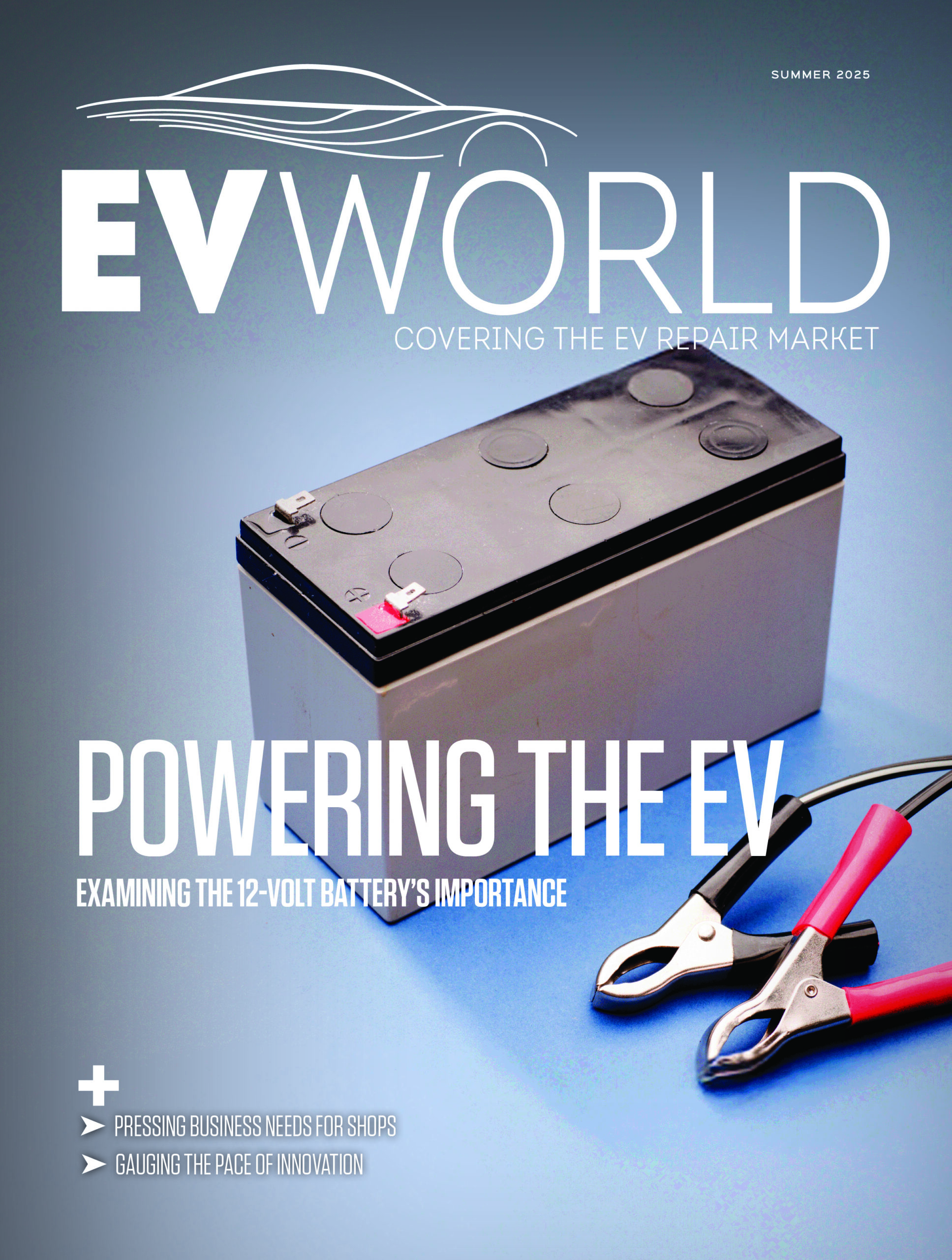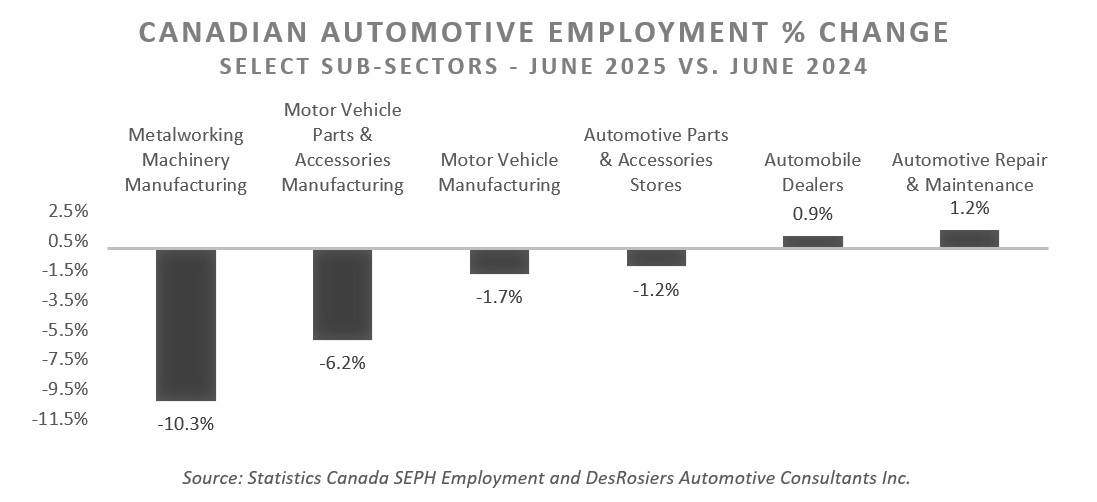
Electric vehicle chargers for passenger EVs installed as part of the national infrastructure program are too concentrated in a small number of provinces, according to a recent audit.
Furthermore, there is no data to show where the biggest gaps are.
The report was tabled in November by Environment Commissioner Jerry DeMarco in the House of Commons.
However, DeMarco did point out that Canada appears on track to hit its goal of installing 33,500 charging ports by 2026.
As of July, the Zero Emission Vehicle Infrastructure Program had approved and funded 33,887 charging ports. About 13 per cent of them were already operational. The rest are supposed to be up and running by March 2026.
However, DeMarco noted that almost nine out of 10 ports that had been funded were in Ontario, Quebec or British Columbia. But it’s those three provinces that lead in electrification penetration, according to S&P Global Mobility’s Q3 Canadian Automotive Insights. Zero-emission vehicles — which include battery electrics and plug-in hybrids — are most concentrated in Vancouver (31.2 per cent of new vehicle registrations), Montreal (25.8 per cent) and Toronto (11 per cent).
There were no targets set to identify where need was the greatest, or to ensure that lower-income communities and rural and remote areas were served by the program, the audit found, according to the Canadian Press.
DeMarco observed the importance for Canadians to know charging stations are available, enabling them to have the confidence to make the switch to EVs. With Canada mandating that all new passenger vehicles sold must be electric by 2035, he said, every Canadian will be affected by charging infrastructure, or the lack of it.
DeMarco also said the program isn’t monitoring how well the stations are operating after they are installed.













Leave a Reply